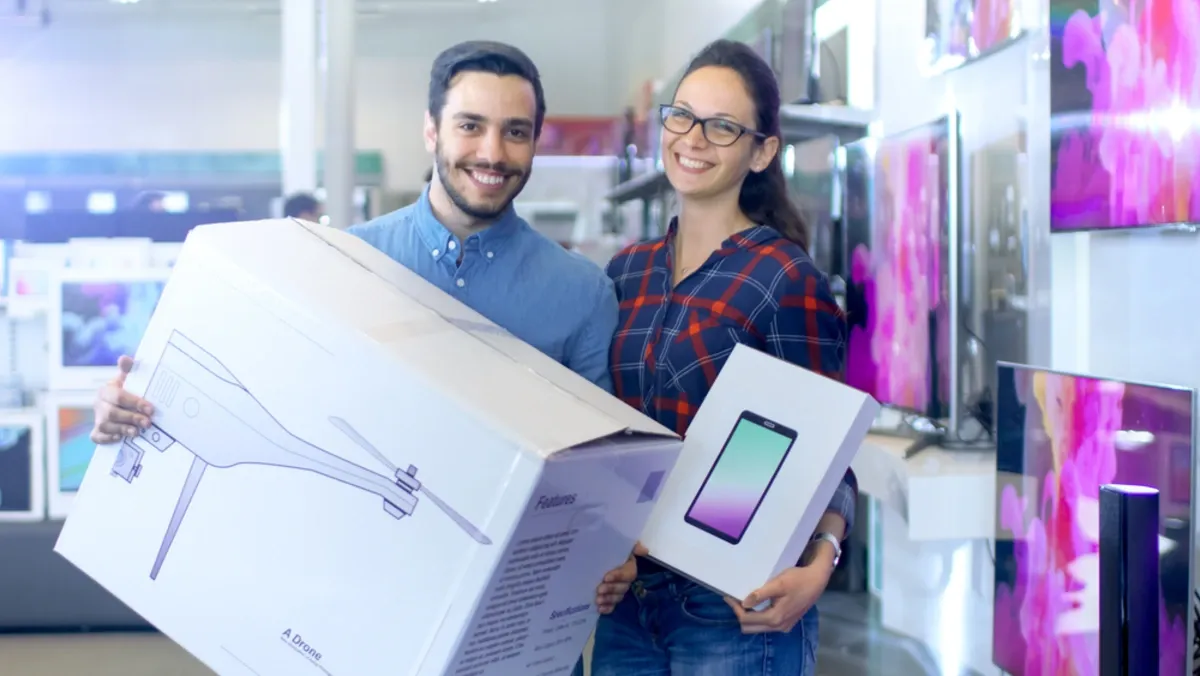Personal Finance News
How to plan for big purchases without breaking the bank
.png)
4 min read | Updated on October 15, 2024, 11:46 IST
SUMMARY
With disciplined spending and careful financial planning, you can make big purchases without affecting your savings.

How To Plan For Big Purchases Without Breaking The Bank
Big purchases, whether a new laptop, home appliance, or piece of furniture, often improve lifestyle and work efficiency. However, the hefty price tag associated with some such items can take away some of the excitement. While it may be tempting to make these purchases on impulse, careful planning can ensure that you get what you need without breaking the bank.
Determine if it’s a want or a need
The first step to planning a big purchase is to ask yourself whether it’s something you truly need or just something you can manage without it. For instance, while replacing a broken refrigerator is a necessity, buying a new sofa or the latest smartphone may not be an immediate priority. Differentiating between a ‘want’ and a ‘need’ helps you assess the urgency of the purchase and whether it’s worth spending your money on right now. For example, if your current laptop is outdated but still works for occasional use, it might be something you can postpone until you’ve enough money for the purchase. By categorising your purchase, you can decide whether to proceed now or save for later.
Assess your budget
Before making any significant purchase, it’s crucial to evaluate your budget. A budget not only tracks your regular expenses but also helps you understand how much you can afford to spend on larger purchases. Overspending can lead to debt, which can be difficult to pay off in the long run. If you have emergency savings, you might consider using them for essential purchases like a household appliance that has broken down. However, if it’s a luxury item or something you can live without for now, it’s wise to hold off until you have the funds saved. Setting aside a specific amount each month for the purchase allows you to plan ahead without straining your savings.
Choose your payment method wisely
Once you’ve decided to go ahead with the purchase, you’ll need to think about how you’re going to pay for it. While cash is always the best option if you have it available, many people don’t have the liquidity for larger expenses on hand. Credit cards can be a useful tool for big purchases, particularly if they offer rewards or cashback incentives. However, it’s important to be mindful of the interest rates if you’re unable to pay the balance in full. Be sure to check the terms and conditions before signing up. Another option to consider is a personal loan, which can offer lower interest rates and longer repayment terms than a credit card. This could make it easier to pay off the balance over time without accruing high interest.
Look for money-saving opportunities
If your purchase isn’t urgent, taking some time to search for discounts or waiting for sales can save you a significant amount of money. Many retailers offer discounts during major holidays. Keep an eye on these sales and compare prices across different stores to get the best deal.
Using rewards credit cards can also help reduce costs. For instance, a card that offers cashback can allow you to offset the purchase price. Accumulating reward points can also be redeemed against future purchases, giving you additional savings.
If you’re buying from a retailer that offers loyalty programmes or friends-and-family discounts, take advantage of those offers. Even a small discount can make a big difference on larger purchases.
Plan in advance
One of the best strategies for non-essential purchases is to plan ahead. By setting aside money each month, you can save up for the purchase without having to rely on credit or loans. This method allows you to build a financial cushion for larger expenses, ensuring that they don’t disrupt your everyday finances.
Start by determining how much you need to save and then break it down into smaller, manageable amounts. This approach also gives you time to re-evaluate your purchase and ensure that it’s something you truly need.
Be smart with financing
While financing options like credit cards or personal loans can help spread the cost of big purchases, it’s important to use them wisely. Pay close attention to interest rates, and always aim to pay off your balance as quickly as possible to avoid high interest charges.
In conclusion, planning for big purchases doesn’t have to be stressful or financially burdensome every time. By determining whether a purchase is a want or need, assessing your budget, considering your payment options, and looking for savings, you can make larger purchases without breaking the bank.
By signing up you agree to Upstox’s Terms & Conditions
About The Author
Next Story

